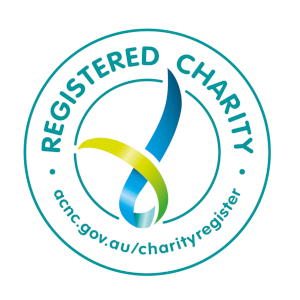This fact sheet provides information about Edwards Syndrome (Trisomy 18), its frequency, signs and symptoms, diagnosis and treatment.
Edwards Syndrome is a genetic condition caused by an extra copy of chromosome 18, and newborns with this condition usually do not survive longer than their first year of life.
Frequency
Trisomy 18 occurs in approximately 1 in 5,000 live births. It is more common in pregnancy however many affected foetuses do not survive to term.
Signs and Symptoms
Common
- Low birth weight
- Feeding difficulties
- Breathing difficulties
- Intellectual disability
- Abnormal growth and development
- Undescended testes (in boys)
Less common
- Distinctive facial features
- Webbed toes
- Small bones in the pelvis and chest
Medical problems associated with Edwards syndrome:
- Congenital heart disease
- Abnormalities of the urinary tract and malformation of the kidneys
- Hernias of the stomach wall
- Frequent infection of the lungs and urinary system
- Undescended testes in males
Diagnosis
Most cases of trisomy 18 are diagnosed prenatally.
Both prenatal and postnatal diagnosis requires a sample of DNA taken from the blood or other body cells.
The sample is then analysed in a laboratory.
Treatment
There is no cure or long-term treatment for Edwards syndrome.
Neonates with this syndrome commonly have major medical problems and parents often face a difficult choice to try and keep their baby alive with neonatal intensive care, or to have their baby receive palliative care.
References:
Edwards syndrome (Trisomy 18). (2019). Retrieved from https://www.healthdirect.gov.au/edwards-syndrome-trisomy-18
Edwards syndrome (Trisomy 18). (2019). Retrieved from https://www.nhs.uk/conditions/edwards-syndrome/
Edwards syndrome (Trisomy 18). (2019). Retrieved from https://ghr.nlm.nih.gov/condition/trisomy-18#diagnosis



